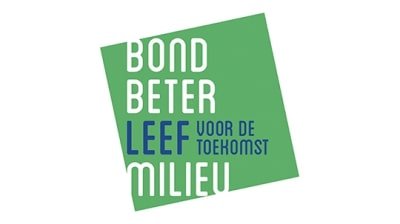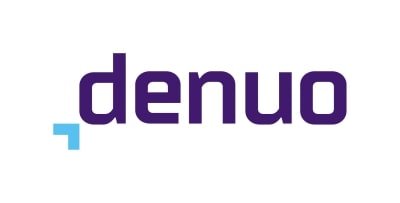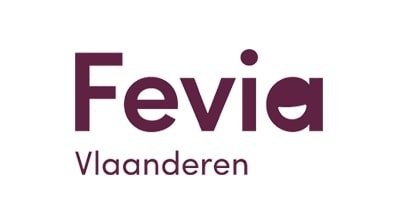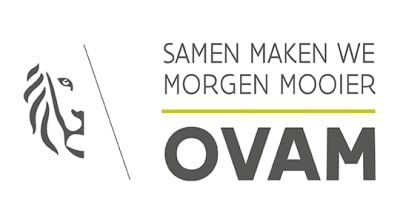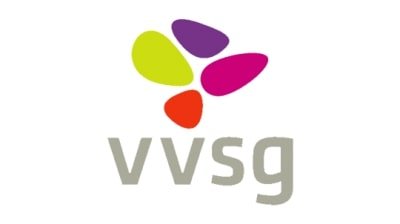Topics
We organise our actions in six thematic & strategic agendas:
Strategic Agendas:
Bio-economy
Circular Construction
Chemicals/Plastics
Manufacturing Industry
Food Chain
Water Cycles
Seven leverages provide additional support:
Leverage effects:
Lever Policy Instruments
Lever Circular Procurement
Lever Communication
Lever Innovation & Entrepreneurship
Lever Financing
Lever Jobs & Skills
Lever Research
What, why and how?
Why are we pursuing a circular economy?
Future visions 2050
How do we see our circular future?
About our management
Who steers what at Flanders Circular?
Polypropyleen Circulair
A plea for recycling and reuse of polypropylene.
Nowadays, many products contain the raw material polypropylene (PP). European companies use 10.3 million tonnes of primary PP every year, in construction, road building, industry, agriculture, the textile industry, the production of tools, electrodes, packaging and much more. Usually, these products end up in the residual waste at the end of their life and are incinerated. Today, only a limited amount of PP is recycled and used locally.
Centexbel wants to do something about this with the Polypropylene Circular project. We investigate the possibility to use PP waste or PP side streams from production processes cross-sectorally. We want to gain insight into the size of the PP streams and the chemical characteristics to see whether we can reuse certain PP as a raw material.
It will also be important to be able to collect, sort and recycle PP products more selectively. This will improve the quality of the PP recyclates and allow us to make new and valuable products locally.
We want to share the results of this research with all actors within the PP value chains in order to inform and sensitise them as much as possible, and to discuss possible bottlenecks.
Centexbel
Partners Federplast.be, Plarebel, Agoria, Sirris, Go4Circle, Essenscia
Sectors
Themes
Organisations
Website
MOST IMPORTANT
RESULTS
- We have mapped the global and Belgian context and challenges through intensive questioning of companies. Nearly 200 of 900 Belgian companies that produce, process or recycle polymeric products (plastics, textiles...) do so on the basis of polypropylene.
- Ecodesign, product design aimed at a circular life cycle, can accelerate the recycling of products and the use of recyclates. We organised several training sessions on this subject. A number of companies have already significantly increased their focus on eco-design and adapted business models.
- We examined in detail the use of PP recyclates. For instance, we developed monitoring techniques to determine the quality and properties of recyclates. Companies can then better determine whether they can use recyclates instead of virgin material for certain applications. We also developed a special mould to give suppliers of recyclate injections that can better demonstrate the look and feel of PP, so that designers, for example, can work with it better.
- Thanks to this project, many companies that play a role in the PP value chains now know the way to suitable support for their circular projects. Moreover, all partners in this project have got to know each other better and now understand the specific challenges and complexities of PP recycling.
MOST IMPORTANT
LESSONS LEARNED
- The cooperation between the many partners in this project went smoothly and the project was able to meet its objectives. That does not mean that further efforts will not be necessary to continue stimulating and supporting PP-related product chains.
- The project gave the importance of the circular economy a clear boost. Ecodesign, additional feedstock recycling and inter-sectoral cooperation can strengthen the interest in the use of circular polymers and enable the achievement of better recycling targets.
- We thought of setting up a virtual helpdesk for companies with questions on certain (legal, economic, ecological ...) aspects of PP-recycling. However, the sectoral federations that participated in this project are already fixed contact points; an additional virtual helpdesk would probably disrupt the paths known by companies and would create more confusion.
WHAT DOES
THE FUTURE HOLD?
PP is a material that will increase in volume in the future. However, the inherent properties of PP do cause some additional limitations. For instance, PP is sensitive to the absorption of odours and the variety of grades of PP is also enormous. This makes mechanical recycling more difficult. In this context, there is a very good opportunity for chemical recycling. This chemical recycling makes it possible to produce food-grade materials again (PP is often used for food applications) and it solves the problem of the great diversity in grades (very viscous material for textile applications and very liquid materials for injection moulding applications (e.g. packaging).


